The chicken rig is a weedless rig that’s a cross between a Texas and Neko rig. It’s the invention of Gary Yamamoto and something I find to be incredibly successful in a variety of scenarios.
After hours of research, testing, and consulting with some anglers – I’ve determined that the chicken rig is worth bringing to the readers of YourBassGuy.com.
In this article, you’ll learn how to rig it, why to rig it, and how to catch more big bass.
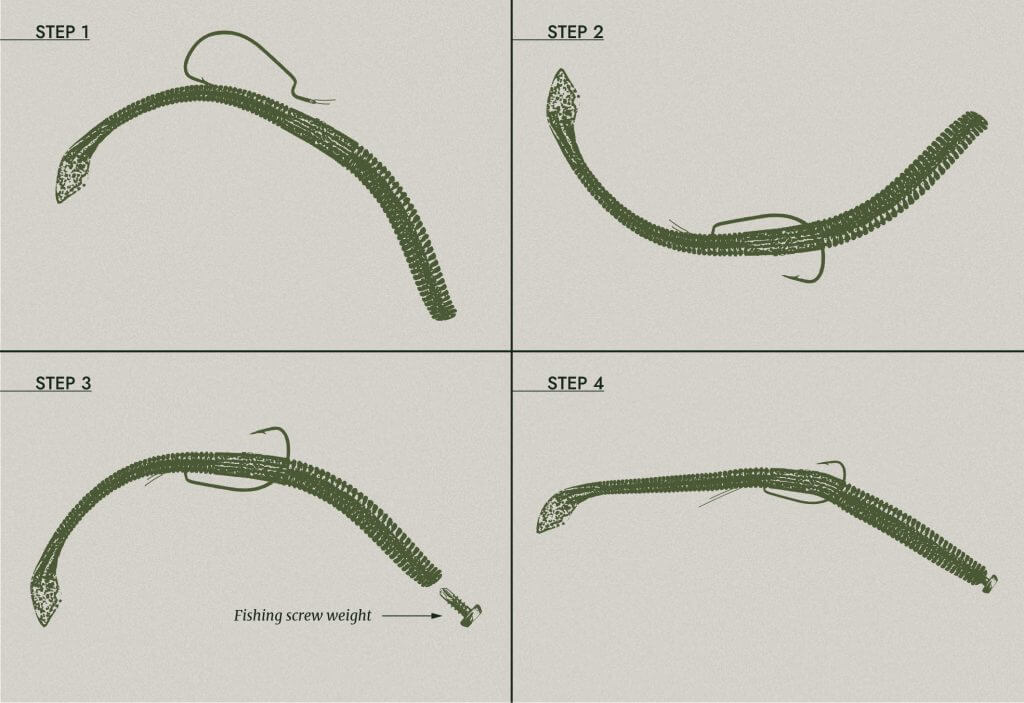
YourBassGuy.com Community Coordinator Wesley Littlefield, shows us how to rig and fish the chicken rig in this YouTube video!
How to Rig a Chicken Rig
Rigging it is much simpler than you think. It’s essentially a toss between a Neko rig and a Texas rig because it’s weedless.
This rig is actually the creation of Gary Yamamoto, who created and designed the Senko worm and other bait varieties.
The guy is a genius at taking something that already works pretty well, switching a few things up, and creating something that works even better.
When we’re talking about bass, he’s even better.
Here are the steps to set up a chicken rig for bass:
1. Get the Right Hook
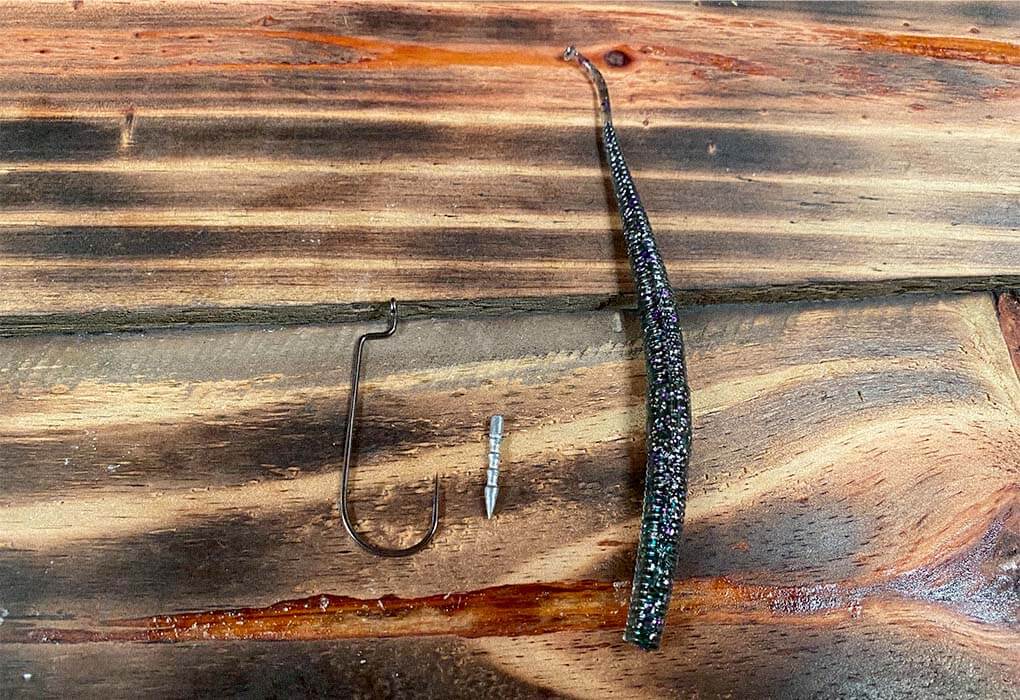
You need the right hook. Take a 4/0 – 5/0 straight shank hook and puncture your work of choice about ⅔ of the way down the worm.
You want to run your hook almost all the way through the soft plastic just like you would with a Texas rig.
This makes the rig very different from something like a wacky rig because it doesn’t expose any hook.
Many people use a snap swivel as well to attach the hook when targeting larger fish like Grouper, Snapper, and even Catfish.
2. Insert the Hook
Once you’re almost at the eye of the hook, flip it around as you would normally. Insert the hook back through the plastic until it pokes out the other side of the worm.
3. Puncture the Worm
You have a few different options for the third step. You can use a dedicated fishing screw weight, or Yamamoto actually recommends using a standard drywall screw with a round top.
You want to puncture the top of the worm with the screw, and this will act as your weight.
What you’re creating here is a lure that moves similar to a jig, but it doesn’t have the finesse impact, and you can use it with a much heavier tackle.
Chicken Rig Bass Fishing: Here’s What You Need
Now let’s talk about the gear. When you’re fishing this style, what kind of rod, reel, line, etc., do you need to have?
The Reel
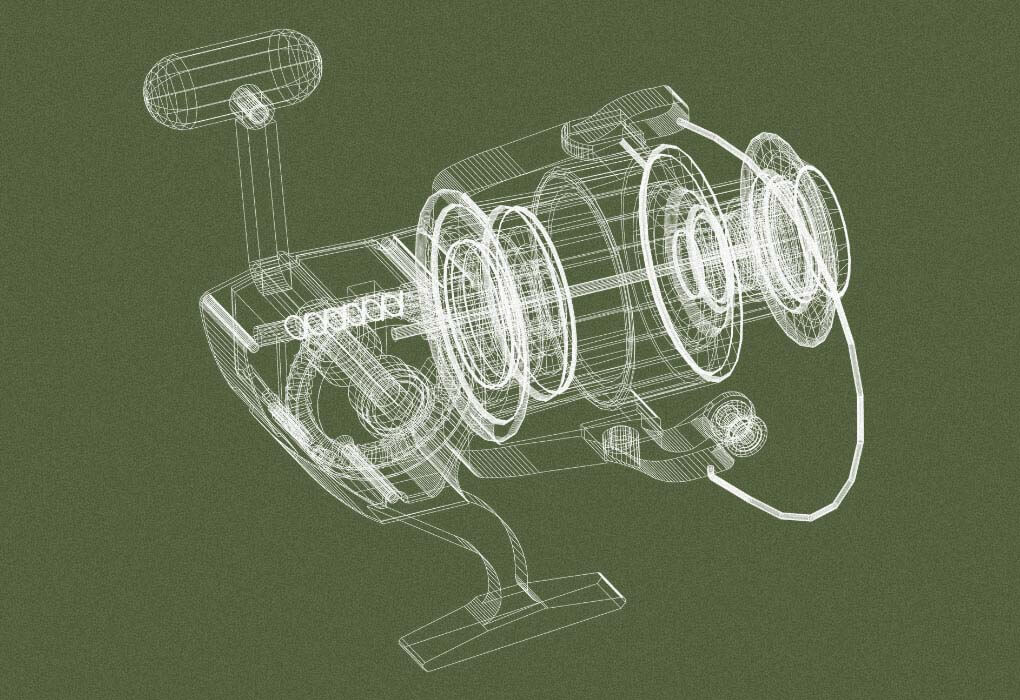
For the reel, Yamamoto himself recommends a medium-heavy spinning tackle.
So, what you’ll have here is a moderate power and moderate action setup that works well in most bass fishing situations.
When you’re fishing this rig, it’s important to understand that it’s a more power angling style versus finesse fishing.
You’re not going to be tip-toeing around the water and tugging hard at every fish that nibbles.
You’re playing the game a bit slower and waiting for the right moment and the strongest bite.
The Rod
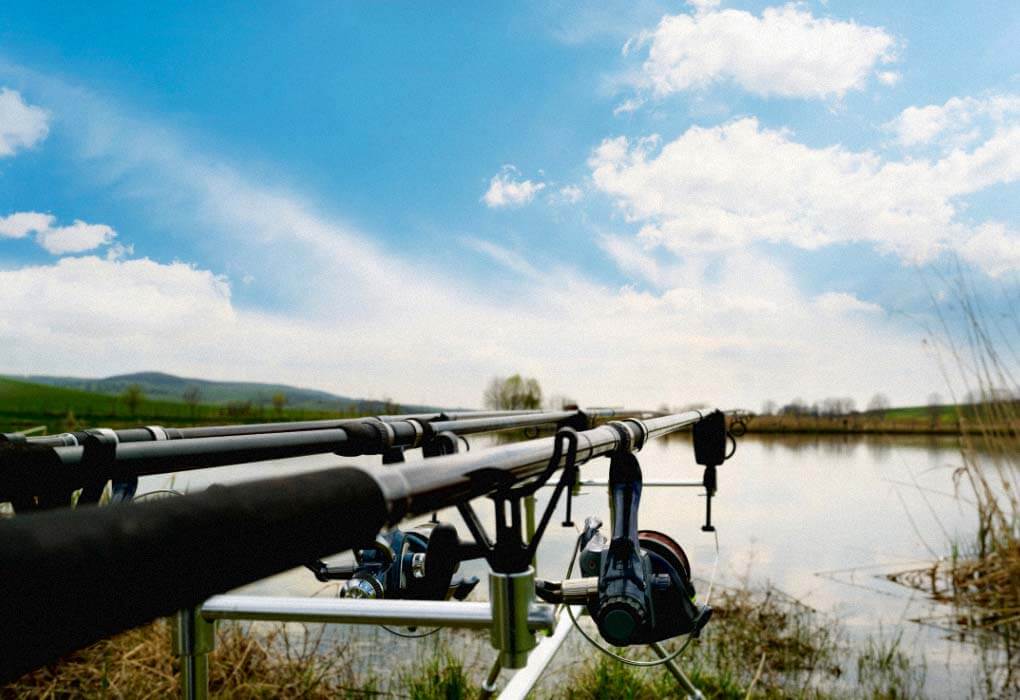
As Yamamoto said, we’re using medium-heavy tackle, so you’ll use a spinning rod with moderate-fast action and enough power to hold onto the potential five-pound bass you grab.
The moderate-fast action will also help you feel some of those smaller nibbles, but you need to be patient.
Many people question whether or not spinning or baitcasting tackle is better for this type of rig, but as you know, I’m always swaying towards spinning rod and reel setups.
The Line
We’ll follow the teachings and training of Mr. Yamamoto here as well. He uses a 15 or 20-pound braided main line with 16 or 20-pound fluorocarbon as his leader.
Why do you use a leader in this situation?
I would recommend using a leader for your presentation alone. Many people look for the best fishing line to pair with certain lures, and there’s no right or wrong answer, but there’s always a good reason to use a fluorocarbon leader.
If you decide to use mono for the rig, then you could likely get away without using a leader, but why not go with the real expert?
Professional Angler Mike Iaconelli actually recommends a loop knot or specifically a dropper loop with a dropshot when fishing this rig.
The Worm
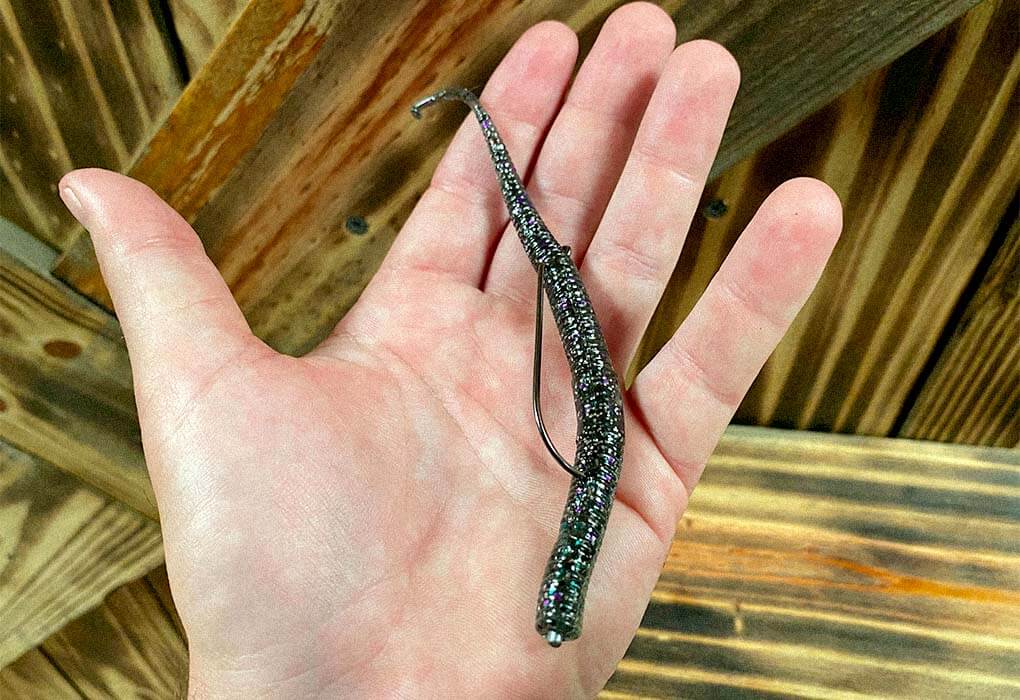
It’s obvious that you’re using a soft plastic worm with this rig, but which one?
Gary suggests going with a 7.75 inch Kut Tail worm.
These are pretty big, but the setup allows you to fish bigger worms than you normally would. Since you’re fishing with a powerbait style, it allows you that freedom.
I personally like to use a Senko worm because I think it’s much easier to secure the nail weight into the top of the worm, and I prefer the Senko diameter because it makes it easier to set the hook.
That’s just me.
The advantage you get with the Kut Tail is the presentation of the swirly tail on the worm. This factor helps when you’re retrieving it.
Advantages of Chicken Rig Fishing
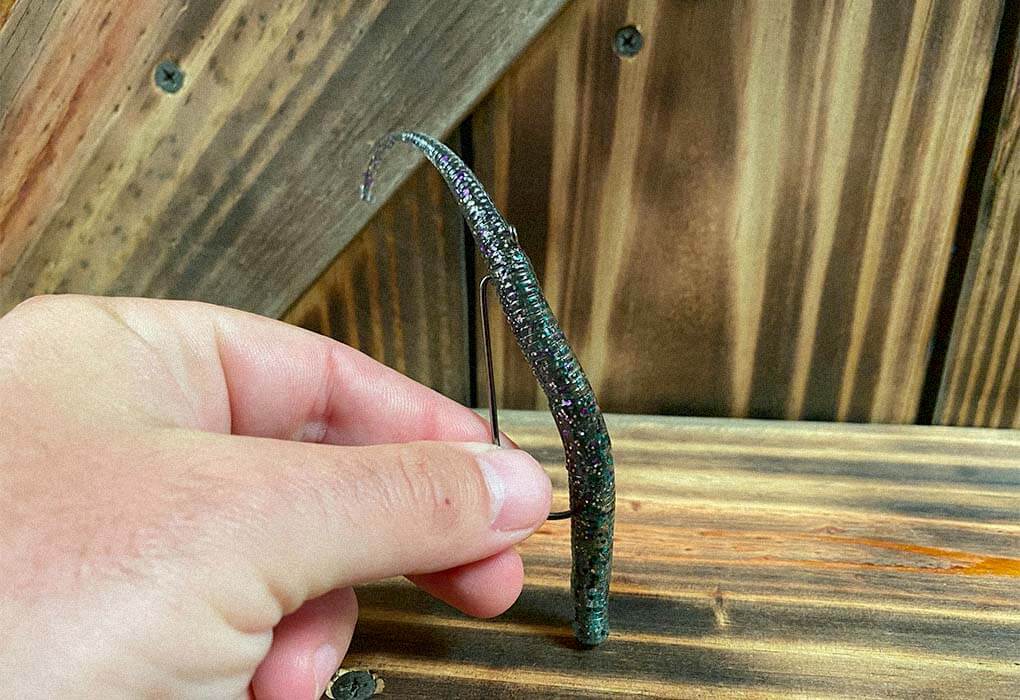
We have so many types of bass lures to work with, why would we take a worm, put a screw in it, and call it our number one choice?
Finesse fishing has grown so much in popularity that most people will turn away from these fishing styles.
I’m guilty of this myself!
When you weight something backward like this, it allows the bass to see something that not only moves naturally, but they’ve never seen it before.
Bass are curious predators, and they’re opportunistic.
They’ll bite something simply because they’re unsure about it.
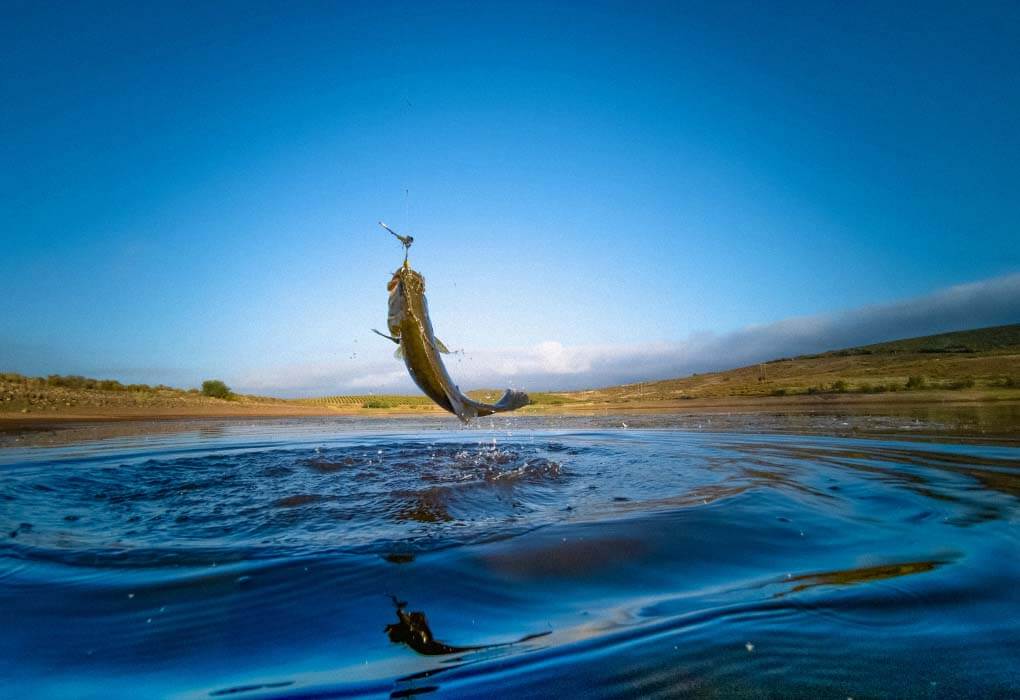
Here are some of the other advantages of chicken rigs for bass:
Weedless – It’s the perfect mashup between Texas rig and a Neko rig.
You get the weedless nature of the Texas and the desirability of that wacky presentation. No longer do you have to worry about getting hung up.
Durability – When you hook a fish with this rig, the bass will end up pulling a majority of the hook out of the worm, which leaves the soft plastic unscathed on the outside of the fish while you have a raw hook in the mouth of your catch.
Frequently Asked Questions
Why is it called a chicken rig?
The chicken rig gets it’s name from the acronym “BWWK.” This stands for backward, wacky, weighted, kut tail.
When you say “BWWK” outloud, it kind of sounds like a chicken noise. Only a legend like Gary Yamamoto could come up with that!
What are the materials needed to make a chicken rig?
The materials needed to make a chicken rig are a soft plastic worm, a hook, line, and a weight or nail of your choice.
The original chicken rig is made by driving a nail through the top of the worm.
Final Thoughts
At YourBassGuy.com, we’re always looking for new and interesting content to bring your way.
One of the best ways we can inform, educate, and entertain readers is by providing exciting and experimental bass rigs like this.
The chicken rig is an awesome weedless setup that kills it with bass along the structure, weed beds, and rocks. Next time you’re out, give it a try.
You likely have everything you need in your tackle box to set this up.
Let us know in the comments if you give it a try!
yourbassguy.comThe chicken rig is a weedless rig that’s a cross between a Texas and Neko rig. It’s the invention of Gary Yamamoto and something I find to be incredibly successful in a variety of scenarios.
After hours of research, testing, and consulting with some anglers – I’ve determined that the chicken rig is worth bringing to the readers of YourBassGuy.com.
In this article, you’ll learn how to rig it, why to rig it, and how to catch more big bass.

YourBassGuy.com Community Coordinator Wesley Littlefield, shows us how to rig and fish the chicken rig in this YouTube video!
How to Rig a Chicken Rig
Rigging it is much simpler than you think. It’s essentially a toss between a Neko rig and a Texas rig because it’s weedless.
This rig is actually the creation of Gary Yamamoto, who created and designed the Senko worm and other bait varieties.
The guy is a genius at taking something that already works pretty well, switching a few things up, and creating something that works even better.
When we’re talking about bass, he’s even better.
Here are the steps to set up a chicken rig for bass:
1. Get the Right Hook

You need the right hook. Take a 4/0 – 5/0 straight shank hook and puncture your work of choice about ⅔ of the way down the worm.
You want to run your hook almost all the way through the soft plastic just like you would with a Texas rig.
This makes the rig very different from something like a wacky rig because it doesn’t expose any hook.
Many people use a snap swivel as well to attach the hook when targeting larger fish like Grouper, Snapper, and even Catfish.
2. Insert the Hook
Once you’re almost at the eye of the hook, flip it around as you would normally. Insert the hook back through the plastic until it pokes out the other side of the worm.
3. Puncture the Worm
You have a few different options for the third step. You can use a dedicated fishing screw weight, or Yamamoto actually recommends using a standard drywall screw with a round top.
You want to puncture the top of the worm with the screw, and this will act as your weight.
What you’re creating here is a lure that moves similar to a jig, but it doesn’t have the finesse impact, and you can use it with a much heavier tackle.
Chicken Rig Bass Fishing: Here’s What You Need
Now let’s talk about the gear. When you’re fishing this style, what kind of rod, reel, line, etc., do you need to have?
The Reel

For the reel, Yamamoto himself recommends a medium-heavy spinning tackle.
So, what you’ll have here is a moderate power and moderate action setup that works well in most bass fishing situations.
When you’re fishing this rig, it’s important to understand that it’s a more power angling style versus finesse fishing.
You’re not going to be tip-toeing around the water and tugging hard at every fish that nibbles.
You’re playing the game a bit slower and waiting for the right moment and the strongest bite.
The Rod

As Yamamoto said, we’re using medium-heavy tackle, so you’ll use a spinning rod with moderate-fast action and enough power to hold onto the potential five-pound bass you grab.
The moderate-fast action will also help you feel some of those smaller nibbles, but you need to be patient.
Many people question whether or not spinning or baitcasting tackle is better for this type of rig, but as you know, I’m always swaying towards spinning rod and reel setups.
The Line
We’ll follow the teachings and training of Mr. Yamamoto here as well. He uses a 15 or 20-pound braided main line with 16 or 20-pound fluorocarbon as his leader.
Why do you use a leader in this situation?
I would recommend using a leader for your presentation alone. Many people look for the best fishing line to pair with certain lures, and there’s no right or wrong answer, but there’s always a good reason to use a fluorocarbon leader.
If you decide to use mono for the rig, then you could likely get away without using a leader, but why not go with the real expert?
Professional Angler Mike Iaconelli actually recommends a loop knot or specifically a dropper loop with a dropshot when fishing this rig.
The Worm

It’s obvious that you’re using a soft plastic worm with this rig, but which one?
Gary suggests going with a 7.75 inch Kut Tail worm.
These are pretty big, but the setup allows you to fish bigger worms than you normally would. Since you’re fishing with a powerbait style, it allows you that freedom.
I personally like to use a Senko worm because I think it’s much easier to secure the nail weight into the top of the worm, and I prefer the Senko diameter because it makes it easier to set the hook.
That’s just me.
The advantage you get with the Kut Tail is the presentation of the swirly tail on the worm. This factor helps when you’re retrieving it.
Advantages of Chicken Rig Fishing

We have so many types of bass lures to work with, why would we take a worm, put a screw in it, and call it our number one choice?
Finesse fishing has grown so much in popularity that most people will turn away from these fishing styles.
I’m guilty of this myself!
When you weight something backward like this, it allows the bass to see something that not only moves naturally, but they’ve never seen it before.
Bass are curious predators, and they’re opportunistic.
They’ll bite something simply because they’re unsure about it.

Here are some of the other advantages of chicken rigs for bass:
Weedless – It’s the perfect mashup between Texas rig and a Neko rig.
You get the weedless nature of the Texas and the desirability of that wacky presentation. No longer do you have to worry about getting hung up.
Durability – When you hook a fish with this rig, the bass will end up pulling a majority of the hook out of the worm, which leaves the soft plastic unscathed on the outside of the fish while you have a raw hook in the mouth of your catch.
Frequently Asked Questions
Why is it called a chicken rig?
The chicken rig gets it’s name from the acronym “BWWK.” This stands for backward, wacky, weighted, kut tail.
When you say “BWWK” outloud, it kind of sounds like a chicken noise. Only a legend like Gary Yamamoto could come up with that!
What are the materials needed to make a chicken rig?
The materials needed to make a chicken rig are a soft plastic worm, a hook, line, and a weight or nail of your choice.
The original chicken rig is made by driving a nail through the top of the worm.
Final Thoughts
At YourBassGuy.com, we’re always looking for new and interesting content to bring your way.
One of the best ways we can inform, educate, and entertain readers is by providing exciting and experimental bass rigs like this.
The chicken rig is an awesome weedless setup that kills it with bass along the structure, weed beds, and rocks. Next time you’re out, give it a try.
You likely have everything you need in your tackle box to set this up.
Let us know in the comments if you give it a try!


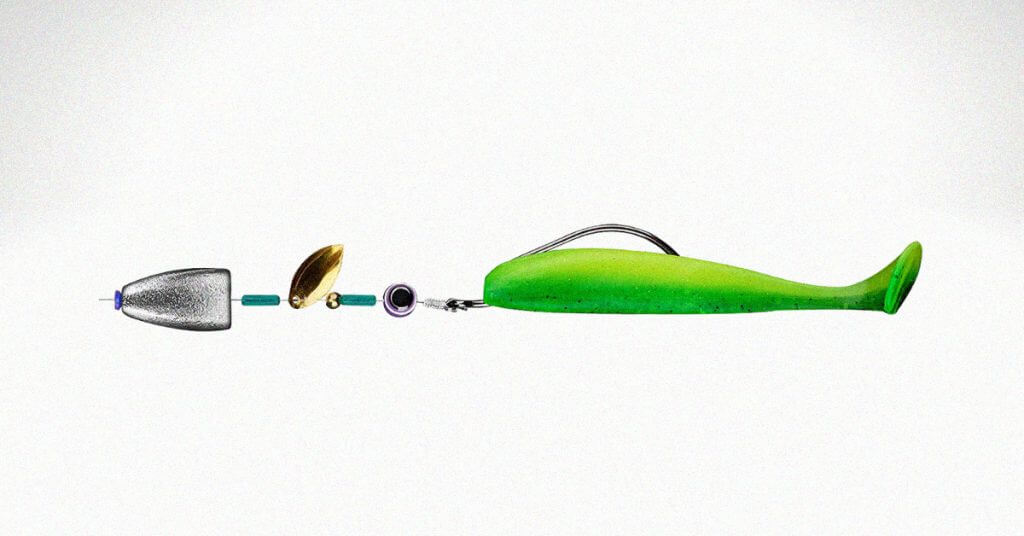
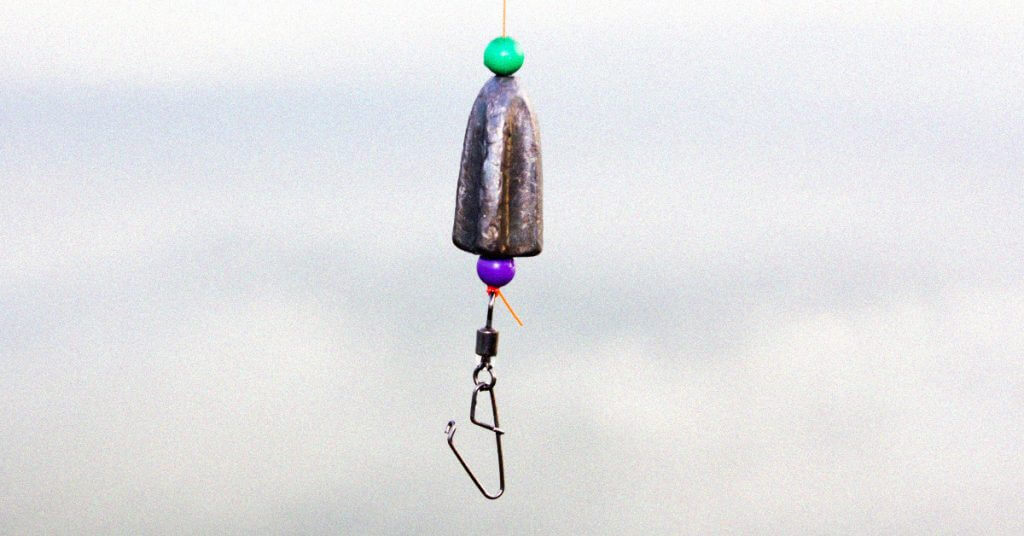
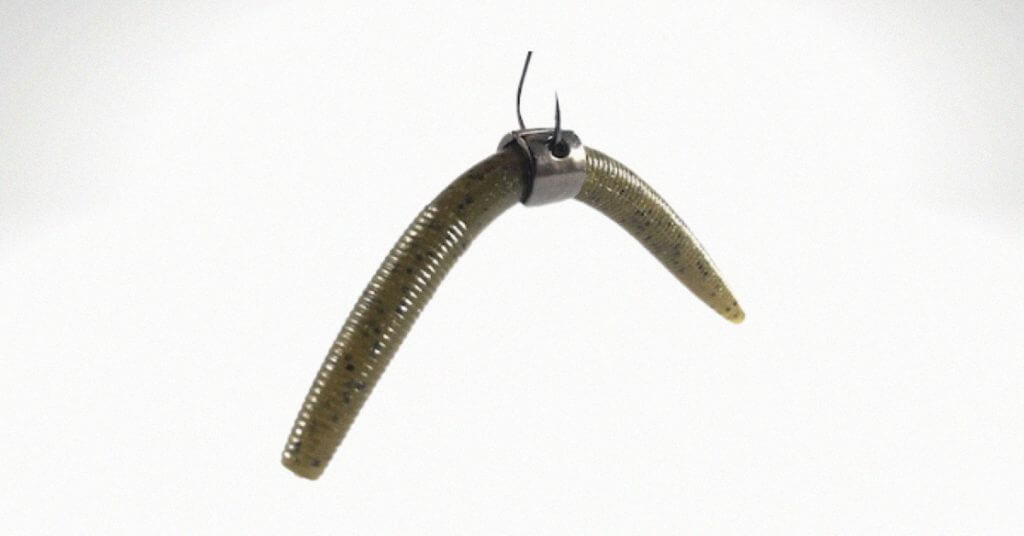
A picture is worh a thousand words. I would add a picture of the finished lure, hook, and weight to your article. Thank you
Interesting my great uncle taught me a rig very similar in the early 60s. With a Mann’s Jelly Worm. I’ve caught many different species of bass,channel cats gar and large crappie. Enjoyed the article.
Thanks Joe!